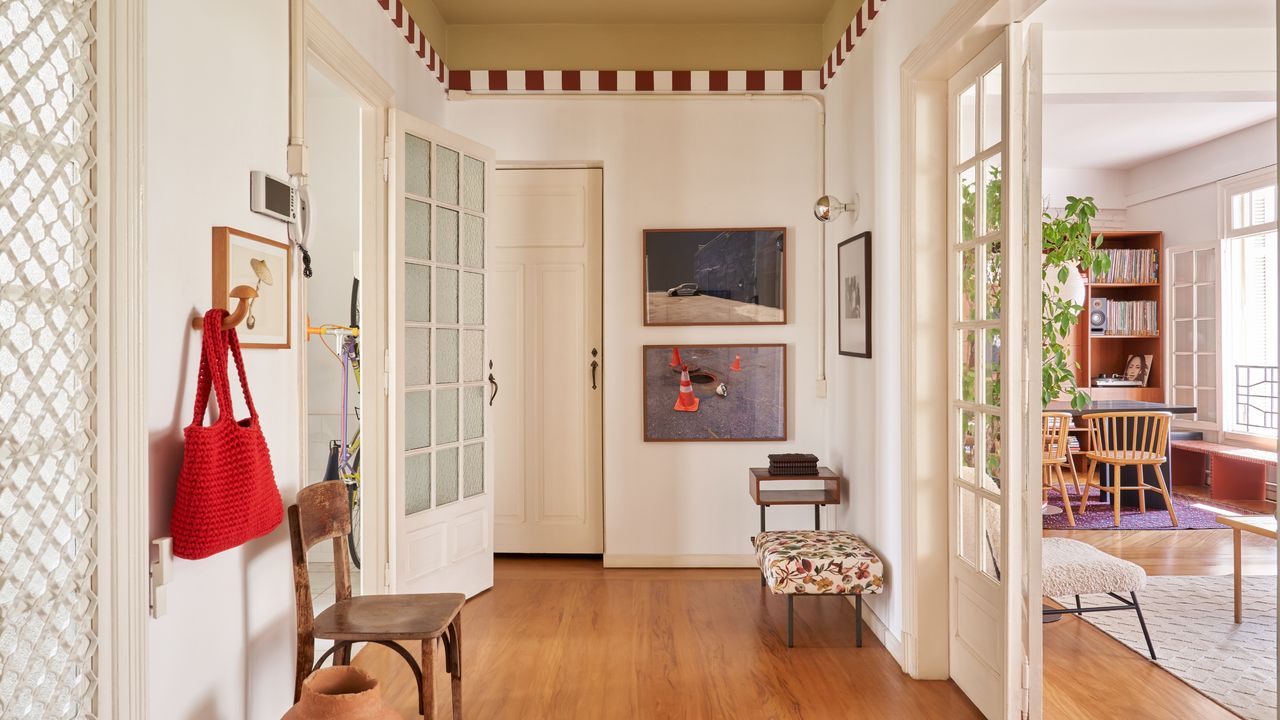
Unless you're an interior designer, even the thought of taking a home from a blank slate to something beautiful can be intimidating. Where do you begin? How can you transform a Pinterest board into a cohesive plan? I asked the professionals, and they all said the same thing: it starts with knowing how to coordinate paint colors throughout a house.
While your choice of colors doesn't have to (and really shouldn't) follow a rigid scheme, creating a color palette will help ensure everything feels cohesive. "Paint colors throughout a house should almost never match exactly, but they should complement each other," says color expert Jane Boddy, a forecaster at the Pantone Color Institute.
Her best advice? Create a color palette of three to five colors that will flow between the spaces. This will help you decorate with color more intentionally and make picking shades less scary. Below, I've broken down how to coordinate paint colors throughout a house in more detail.
Where to Begin When Coordinating Paint Colors Throughout A House
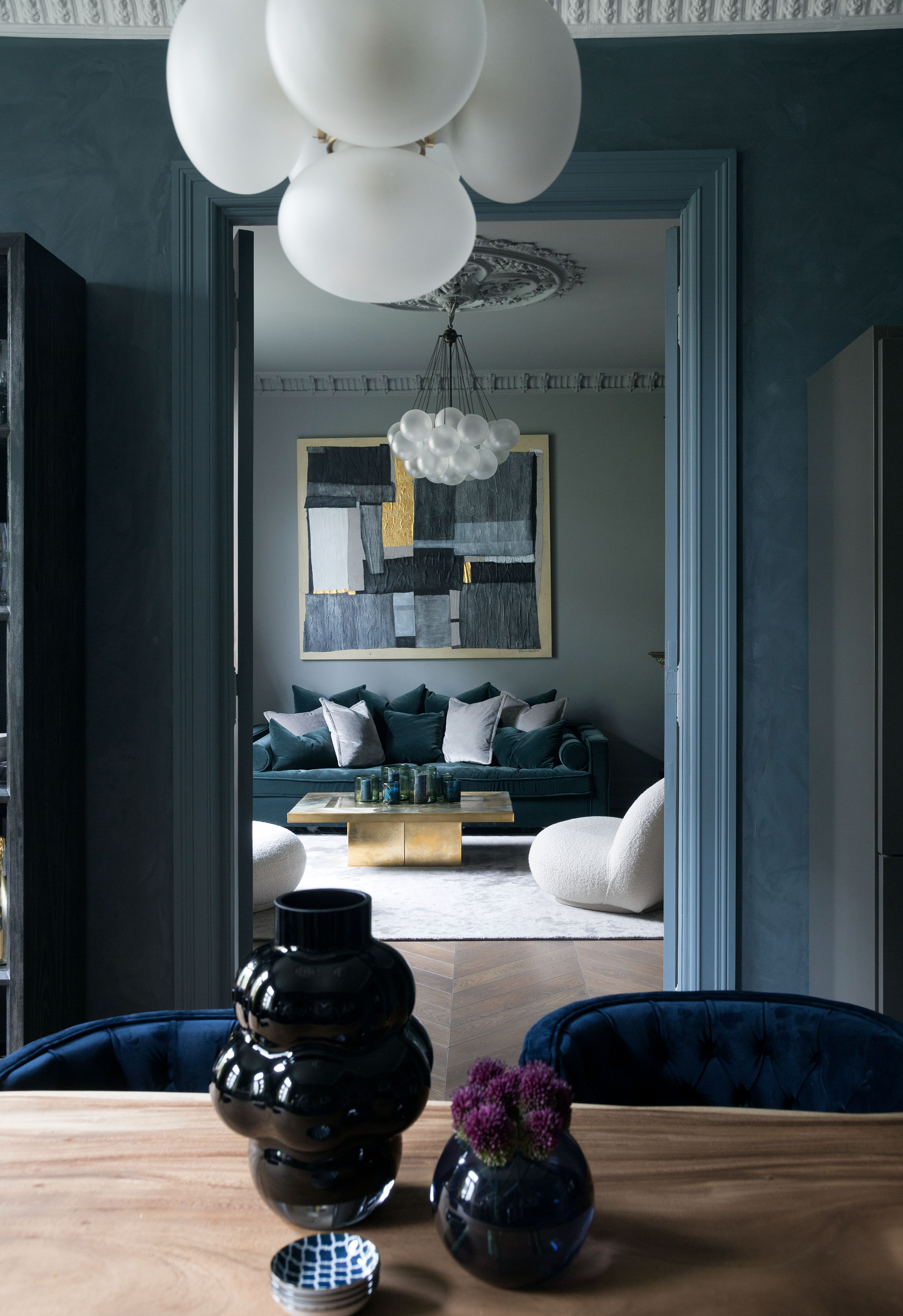
Paula Taylor, senior stylist and trend specialist at Graham & Brown, says, "Let one room 'lead' the palette, often the entryway or living room works well for this, and let other rooms branch off with variations."
Find the undertone the paint color and keep the rest of the palette in the same undertone family (cool or warm) to keep the look cohesive throughout the space. "That way you can combine neutrals with a range of colors that pair with each other nicely," adds Paula.
But remember, having a set color palette doesn't mean everything is supposed to be matchy-matchy. In fact, making a space too coordinated is an outdated color rule in 2025.
Instead, "Homes are becoming more expressive, room by room," says color expert Jane Boddy. Each space should have its own rhythm, with color palettes linked by mood, material, and tone, rather than repetition.
A home's color palette doesn’t need to be rigid. "A loose palette built around shared qualities — like earthiness, softness, or subtle shine — creates cohesion without uniformity," adds Jane.
Guv'nor brown is a muted, yet warm grey brown with a grey undertone. Meaning it will pair well with other soft neutrals with the same undertone.
This warm, gray-white from COAT, for example, is the perfect addition to a palette with Guv'nor brown.
Sage green typically has gray undertones and therefore would look fabulous amongst this palette.
How to Coordinate Paint Colors Between Rooms
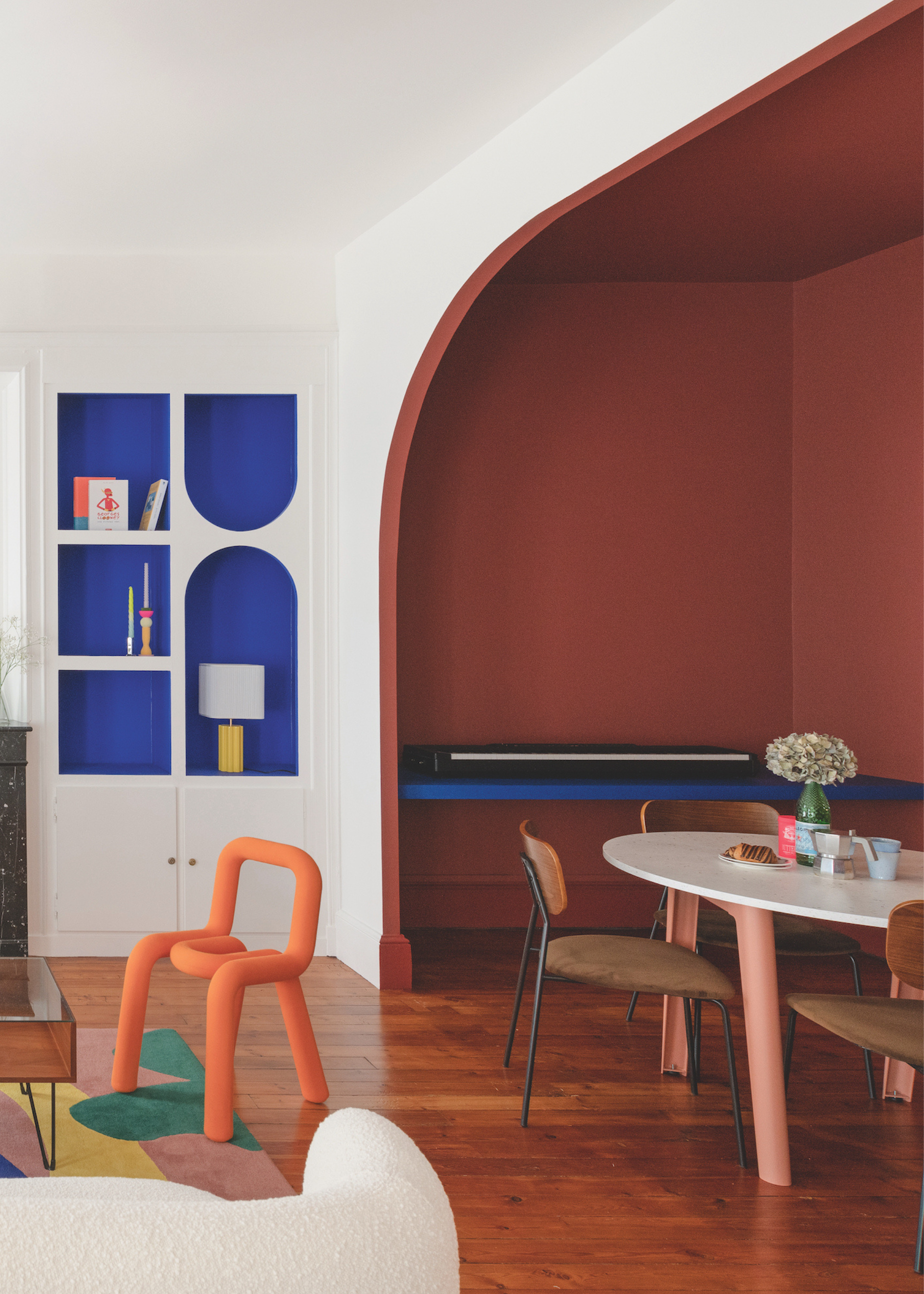
The common question that comes up when coordinating paint colors throughout a house is whether rooms that run together need to match or not. And just like how the entire palette should be a breezy combination, Paula says, "Adjoining rooms don’t need to match, but they should transition smoothly."
For that, "I’d recommend using techniques like matching your ceiling and trim color, or using the same trim color or ceiling color across rooms to tie them all together even if the wall color differs," says Paula.
The main thing to remember is that there is no need to shy away from color and whimsy; it just requires a cohesive core. "Try mixing colors across textures to include wallpaper trends and soft furnishings to bring the space together harmoniously," Paula adds.
Side-by-side rooms should move smoothly from one to the next. The transition, as well as creating balance in interior design, are everything.
How to Tie the House Together With Color
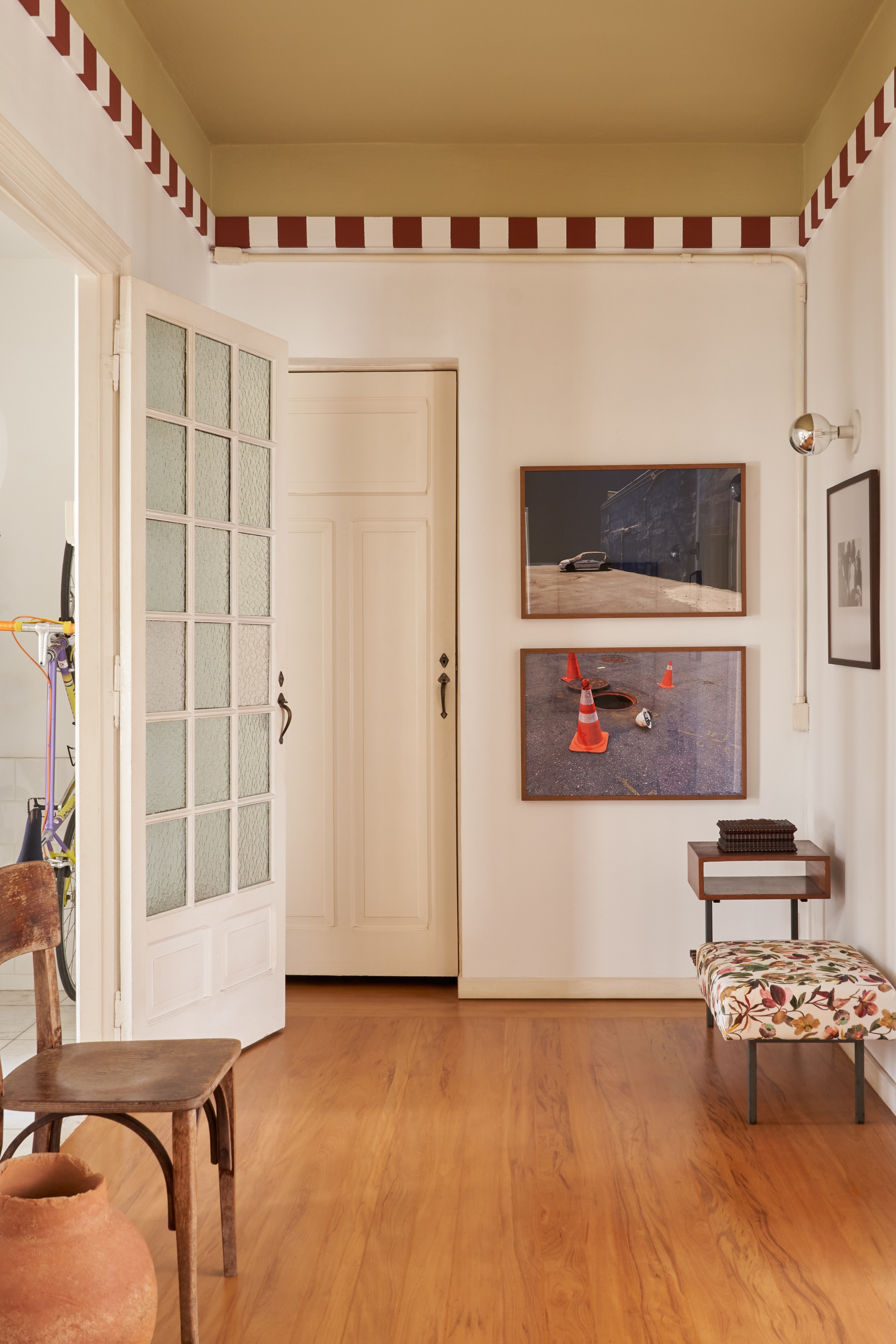
It's easier to plan paint colors from room to room, but zooming out to consider the whole house is where perspective can be more easily lost. However, there are a few rules that should help guide you.
For example, "Color zoning allows you to pull the wall color in one room and match this to a curtain, blind or soft furnishing in another area of the house," says Paula.
Color theory will also help you. Entryways should be warm and inviting, allowing you to create a sense of calm in the home. Whereas, "You can use neutrals in living rooms and bedrooms for something less distracting," says Paula.
And once again, a single trim color throughout is one of the easiest ways to tie your house together. To implement a bit more character, you could use different paint finishes for trims, such as mixing a gloss or matte.
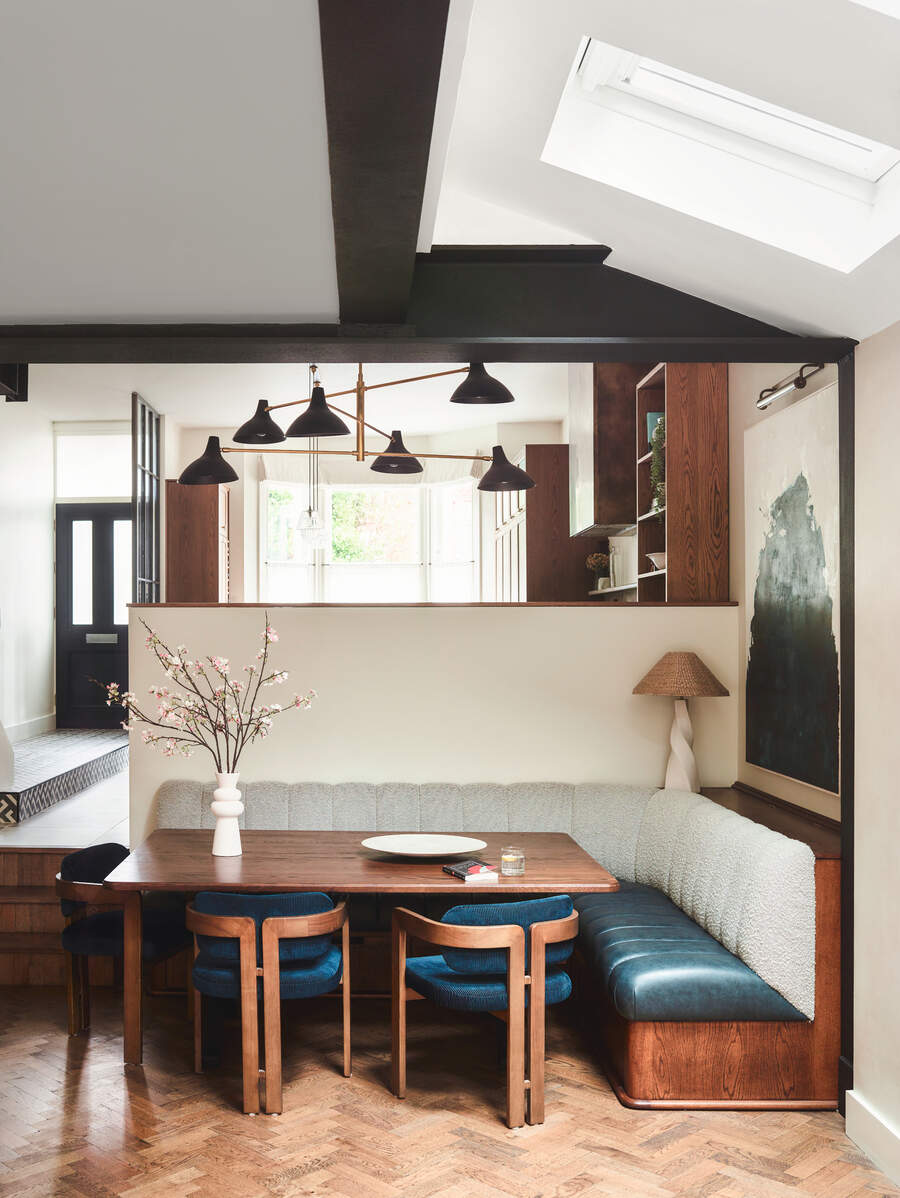
So, when it comes to coordinating paint colors throughout a house, do all your paints need to match? The short answer is no. But, "They should feel like they’re in conversation through shared warmth, depth, or tone," says Jane.
An easy way to do this is to use the latest color trends to guide your decisions, and the rest will fall into place.







